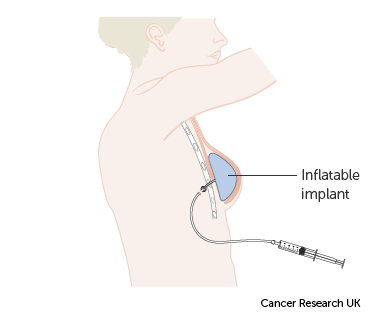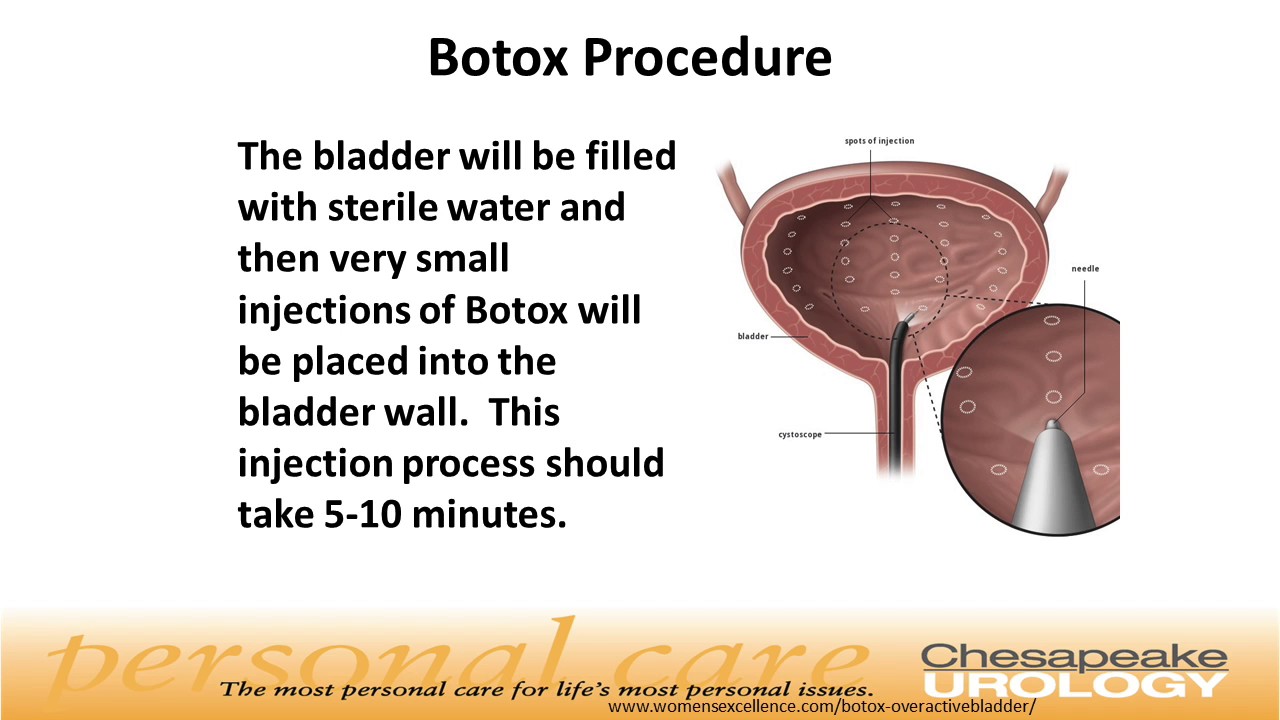
Are you interested in a new look? Then you might be curious about the results of the procedure's before-and-after. Here you will find information on One-stage brow lift, Endoscopic brow lift, and hairline lowering procedures. We will also discuss the recovery process and incisions. After reading this article you will be able take an informed decision on your cosmetic surgery. But before you decide to schedule your surgery, there are a few things you should remember.
Endoscopic browlift
The recovery process for an endoscopic eyebrow lift is something you might be interested in. This procedure is very beneficial. You can return to work and other normal activities within one to two week after the procedure. The procedure can take up to a few weeks in some cases. Here's an overview of what to expect. The healing process after this procedure is typically much quicker than that of other plastic surgeries.
Gravitation and sun exposure can cause brows to droop. The skin's underlying support structures begin to break down as the skin ages. This can lead to a loss of skin structure and sagging. In this area, lines and wrinkles are often more obvious. A well-maintained and high-quality eyebrow should be maintained at rest to prevent these problems. An ideal brow should be slightly higher in height than the inner. A good brow lifting procedure will adjust the layers of muscle and tighten loosening skin.

One-stage forehead reduction/hairline lower procedure
A one-stage forehead or hairline reduction surgery can give you a natural look. Dr. Aharonov is an experienced plastic surgeon who has performed hundreds such procedures. Dr. Aharonov will consult with you via video and then examine your face. If you are able, you may return to work the next day.
The typical recovery time after a one stage forehead reduction/hairline-lowering surgery is a short period of downtime with a light compression dressing. Although swelling and bruising are common, they will usually be temporary and minimal. There may be some temporary numbness in the area behind their hairline that lasts several weeks. The area behind the hairline will feel numb for seven days.
Surgical incisions
The type of forehead plastic surgery performed will vary in the types of incisions required. To separate forehead skin from underlying muscles, a forehead lift is an example. After removing the excess skin, the incision can be closed with staples, clips, or sutures. Patients will then be provided with bandages to protect against infection and swelling.
Multiple scalp incisions are the most common way to do a forehead lift. Each one is less than an inch in length. The surgeon then uses an Endoscope, which is a tiny camera device attached to the television to view the muscles under the skin. After the underlying tissue has been removed, the eyebrows can be lifted using temporary fixation screws and sutures. These procedures do not leave visible scarring and are recommended to patients looking to reduce scarring.

Recovery time
After having forehead plastic surgery, a week or so is required for full recovery. Patients should refrain from lifting or bending over for at least 2 weeks. Also, avoid hitting their head with anything. Patients should avoid sleeping on their backs for at least a few days. Some people feel some numbness and tingling following surgery. Avoid lifting heavy objects. Smokers should not lift heavy objects such as cars or suitcases. Smoking can delay healing and increase the likelihood of complications.
Swelling is normal and proportional to the severity of the surgery. Swelling may occur on the cheeks and face as well as the eyelids. This is the body's natural reaction to surgery, and will peak between two and three days after surgery. Once the skin heals, swelling should decrease quickly. Swelling can prevent a person from smiling, and can cause temporary eyelid discoloration.